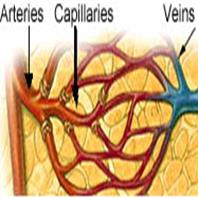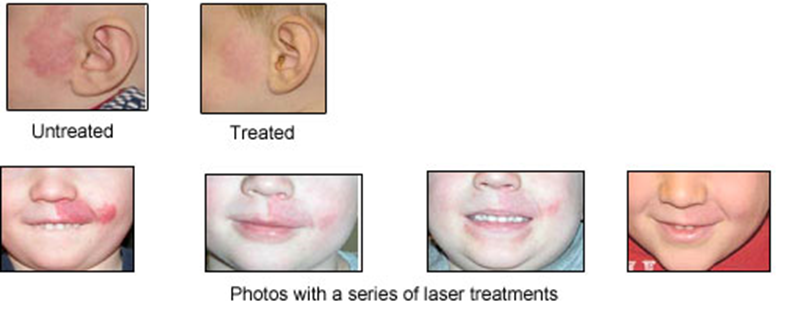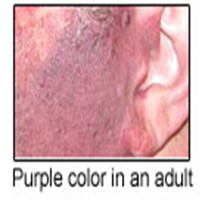
Capillaries are small blood vessels that connect the arteries to the veins. A capillary malformation, also called a port wine stain, is a type of birthmark. If your child has a capillary malformation, the capillaries are larger than normal (dilated) in the area of the birthmark.
The capillaries in a capillary malformation:
- Are present at birth (congenital)
- Produce a flat birthmark
- Are close to the surface of the skin, which makes the skin color pink to red
- May be difficult to see if your child has darker skin
- Can be on any area of the body or in many areas, but are most common on the head and neck
The cause of capillary malformation is unknown. We do know that they are not caused by anything you did or didn't do during pregnancy.





